It seems we are equally divided on folks who enjoy my voice guiding vs music as the background for the tutorials. This week I added to the written portion in more detail, including drawing tips… enjoy the music xxx
**
As winter melts into early spring, there’s a moment of quiet transition—where frost still lingers on the branches, yet the first signs of renewal peek through. This tutorial will guide you in painting a fawn standing on the threshold of the changing season, capturing the softness of its fur, the delicate light of early spring, and the tender uncertainty of a world just beginning to thaw.
This is a slow, meditative process. Let each brushstroke be an invitation to presence, to witnessing change with gentle curiosity.
Supplies You’ll Need:
• Watercolor paper (140 lb or heavier)
• Watercolor paints (a basic palette including burnt sienna, raw umber, ultramarine blue, yellow ochre, and sap green)
• Round brushes (sizes 2, 6, and 10)
• Detail brush or fine liner brush
• Pencil and eraser
• A cup of clean water
• Paper towel or rag
• Optional: White gouache or gel pen for highlights
Step 1: Setting the Scene with a Light Sketch
Gently sketch your fawn using soft pencil lines. Keep the form loose, allowing room for natural movement. Position it slightly off-center to create a sense of quiet anticipation. Sketch the contours of its large, watchful eyes, delicate ears, and slender legs. In the background, suggest a few lingering winter branches and the beginnings of soft grass pushing through.
*Here’s a few step by step images to help if you would like to use them. Using these forms make this fawn your own!
✧ Journal Prompt: How do you experience the in-between seasons of your own life? What is shifting within you, just beneath the surface?
Step 2: Laying Down the First Washes
Start with a light wash of warm brown (a mix of burnt sienna and yellow ochre) over the fawn’s body. Keep the brushstrokes loose and airy. While the wash is still damp, drop in a bit of raw umber along the edges for natural shading. Let the colors blend softly.
For the background, use diluted ultramarine blue with a hint of burnt sienna to create the cool, fading tones of winter. Keep the edges soft by wetting the paper first, allowing the pigment to flow naturally.
✧ Journal Prompt: Notice where warmth and coolness meet in your painting. Where do they meet in your life?
Step 3: Adding Depth and Shadows
Once the first layer is dry, begin defining the fawn’s features. Deepen the shadows along its legs, underbelly, and the contours of its face with a mixture of raw umber and ultramarine blue. Use a detail brush to add soft shading around the eyes and nose, keeping the strokes delicate to maintain the fawn’s gentleness.
Darken the background branches with a mix of burnt sienna and ultramarine blue, letting some areas bleed into the damp background for a natural effect.
✧ Journal Prompt: What areas of your life feel most defined right now? Where do you feel softness, blending, or uncertainty?
Step 4: Bringing the Fawn to Life
Now, focus on the details that give the fawn its character. Deepen the eyes with a rich brown-black (a mix of burnt umber and ultramarine blue), leaving a small highlight for a sense of alertness. Use a fine brush to add subtle fur details with light, feathery strokes.
For the first hints of spring, introduce soft greens (sap green mixed with a touch of yellow ochre) to suggest emerging grass. Keep it subtle—this is the cusp of change, not full bloom.
✧ Journal Prompt: What new beginnings are you tentatively stepping into? What small signs of growth are appearing?
Step 5: Final Touches and Highlights
Step back and assess your painting. Add a few final details—perhaps a faint mist of white gouache to suggest lingering frost, or fine strokes of a rigger brush to define the last branches of winter. You might also flick a bit of pale blue onto the background to give a crisp morning chill.
Finally, reinforce the fawn’s softness by lifting some highlights with a damp brush, particularly along the curve of its back and the top of its ears.
✧ Journal Prompt: In what ways can you embrace softness in your own transitions? Where can you allow light to filter in?
Reflection & Closing Thoughts
I kept going on this one for quite awhile after the tutorial ended. Redefining facial details, color to the fur for depth and contrast, continued work on the trees. Take your time and enjoy the process.
As you complete your piece, sit with it for a moment. This fawn, standing between winter and spring, mirrors your own unfolding journey. Change is quiet yet inevitable. What have you discovered through this process?
I’d love to see what you create—feel free to share your work and reflections in the comments or in outlet chat thread. Until next time, may your brushstrokes be gentle, your transitions be kind, and your creative practice be a place of deep listening.
Char XXX
*I hope you’ll consider joining us for the Nature Drawing Collective this Monday March 17th at 10:00 AM and 6:00PM ET.
In this online gathering we explore nature journaling, experimental play, prompts, drawing techniques, and connect with others. All are welcome!
Upgrade your free subscription and receive the link to join us along with my companion guide Wandering Wild.





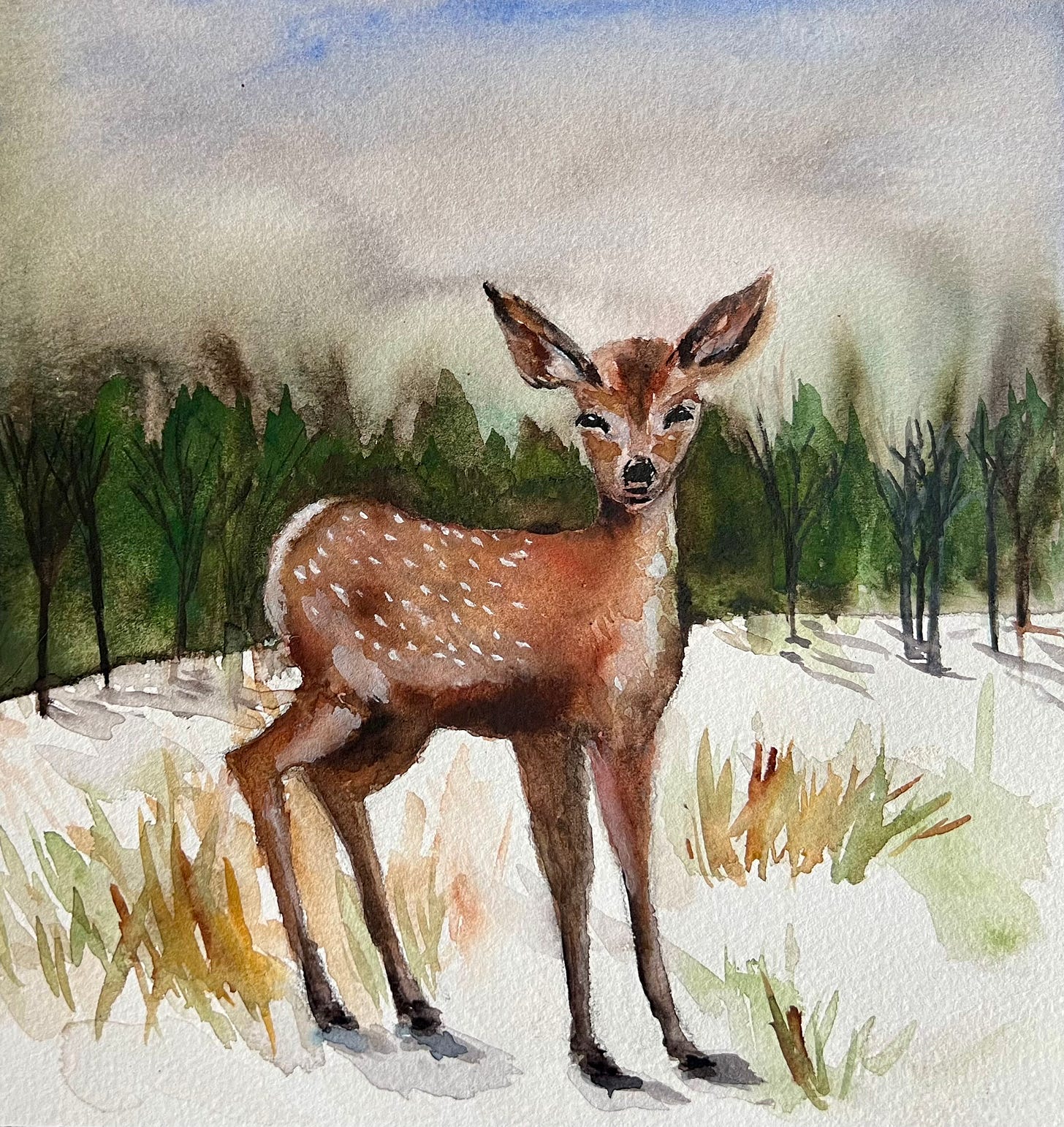
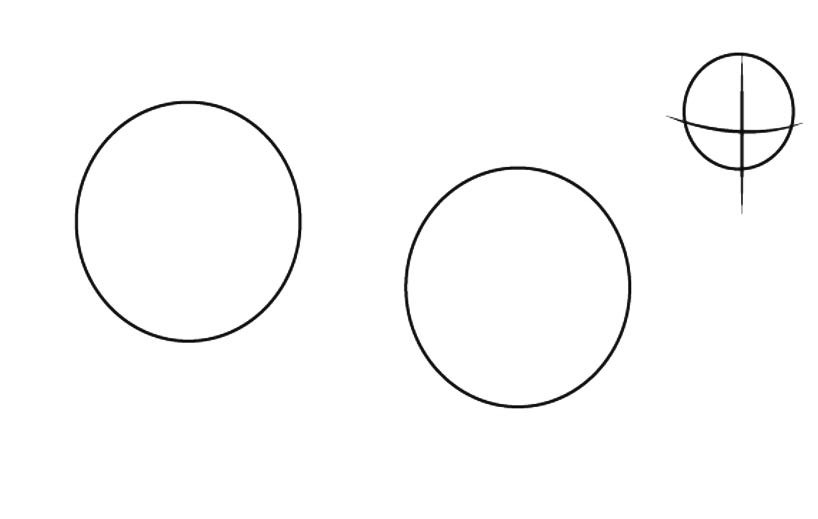
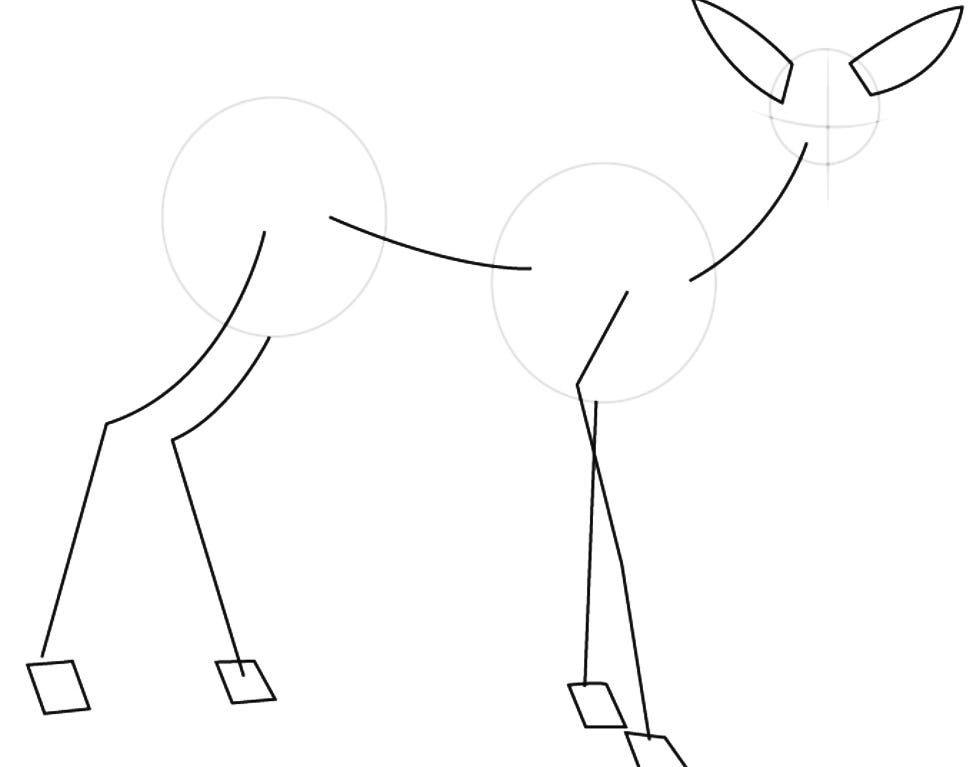
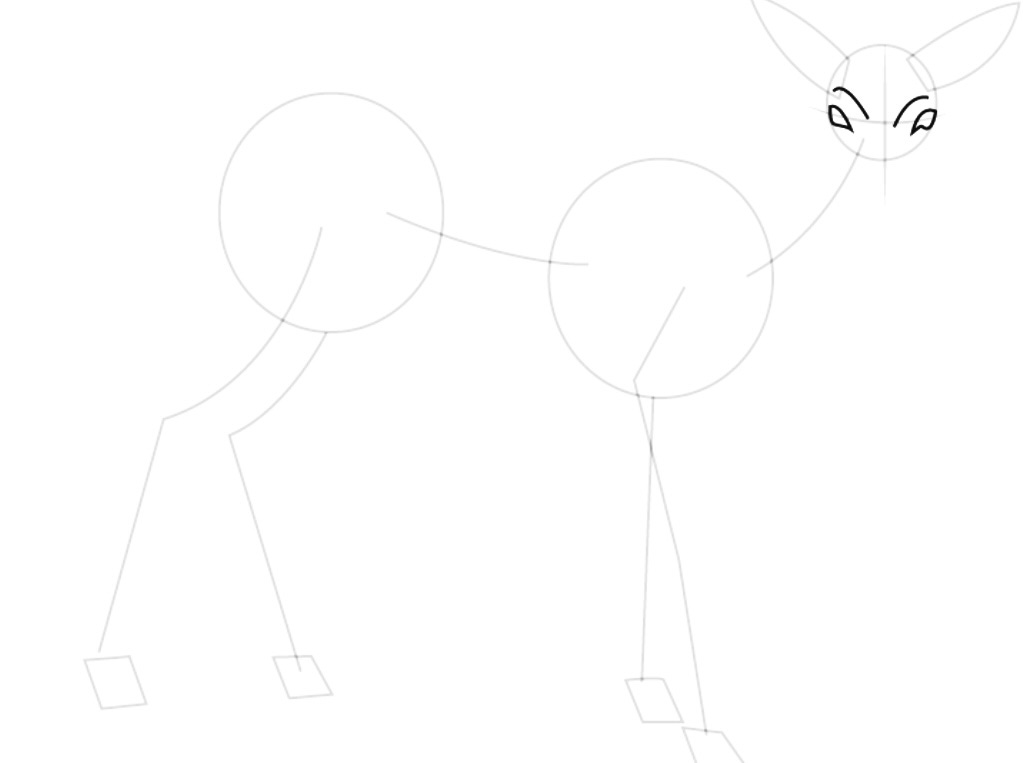
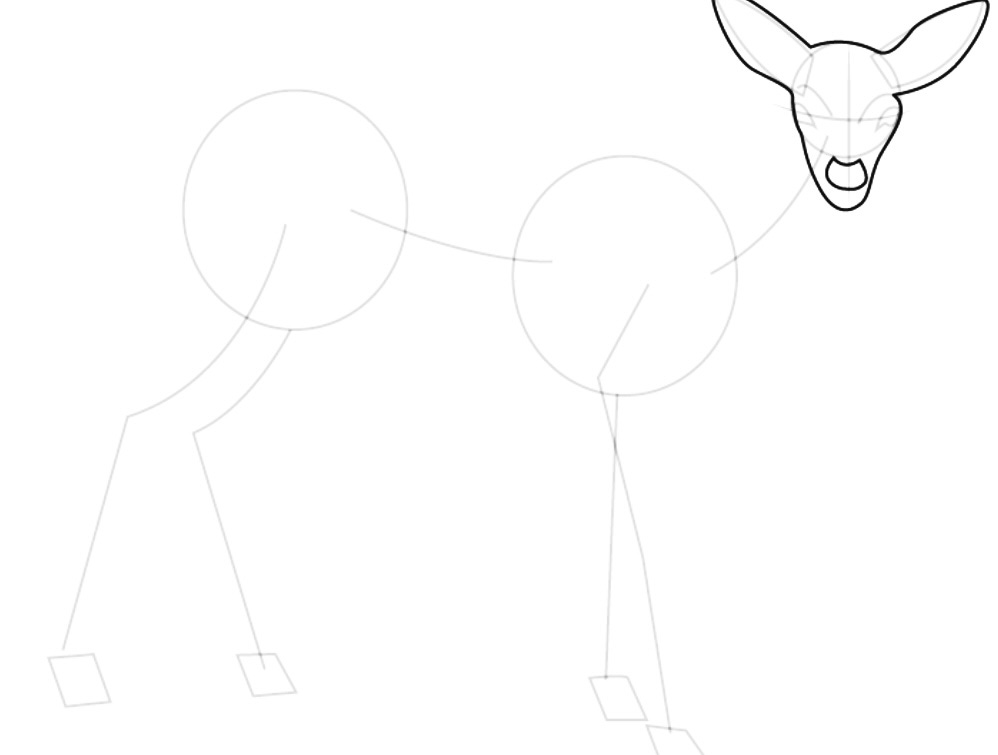
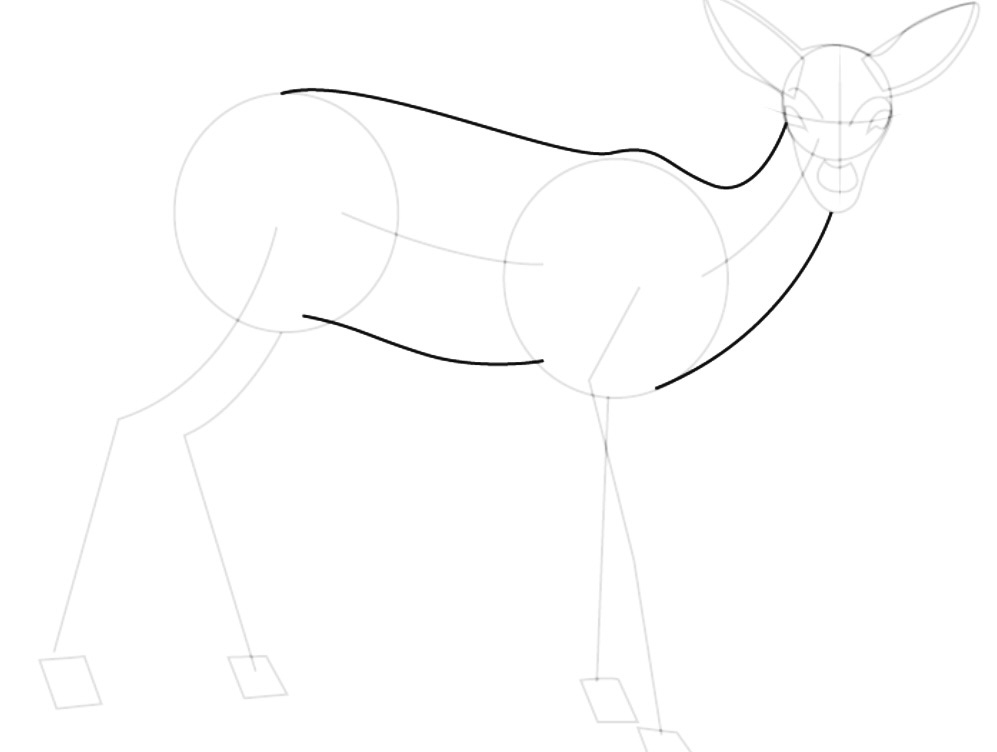
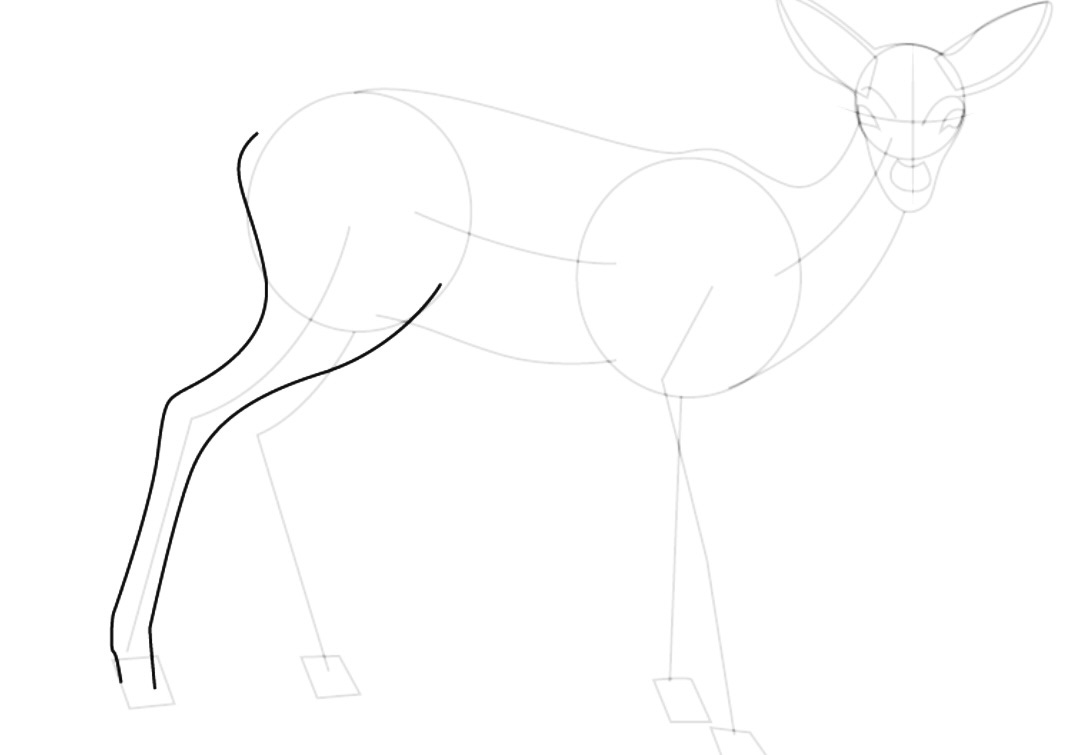
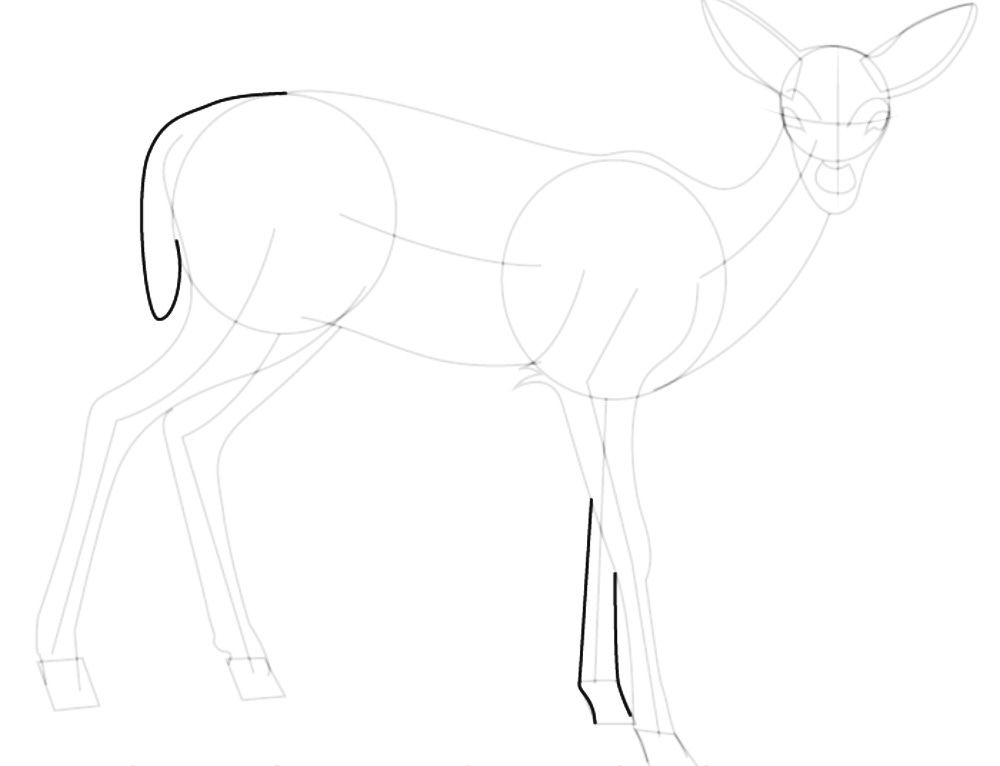
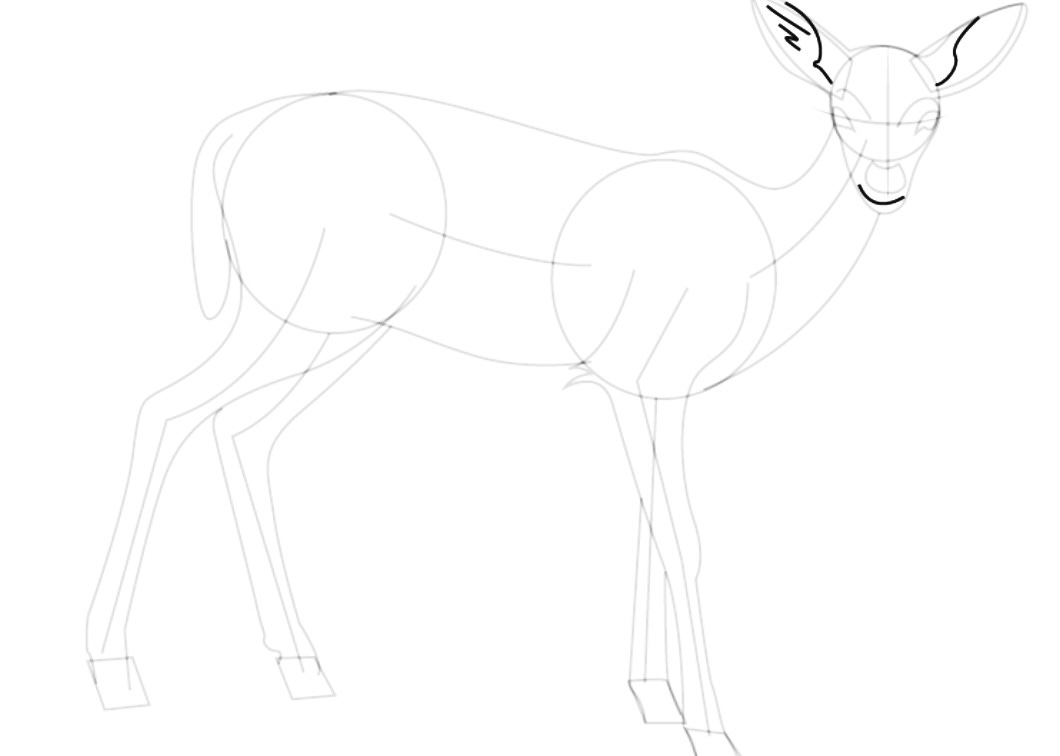
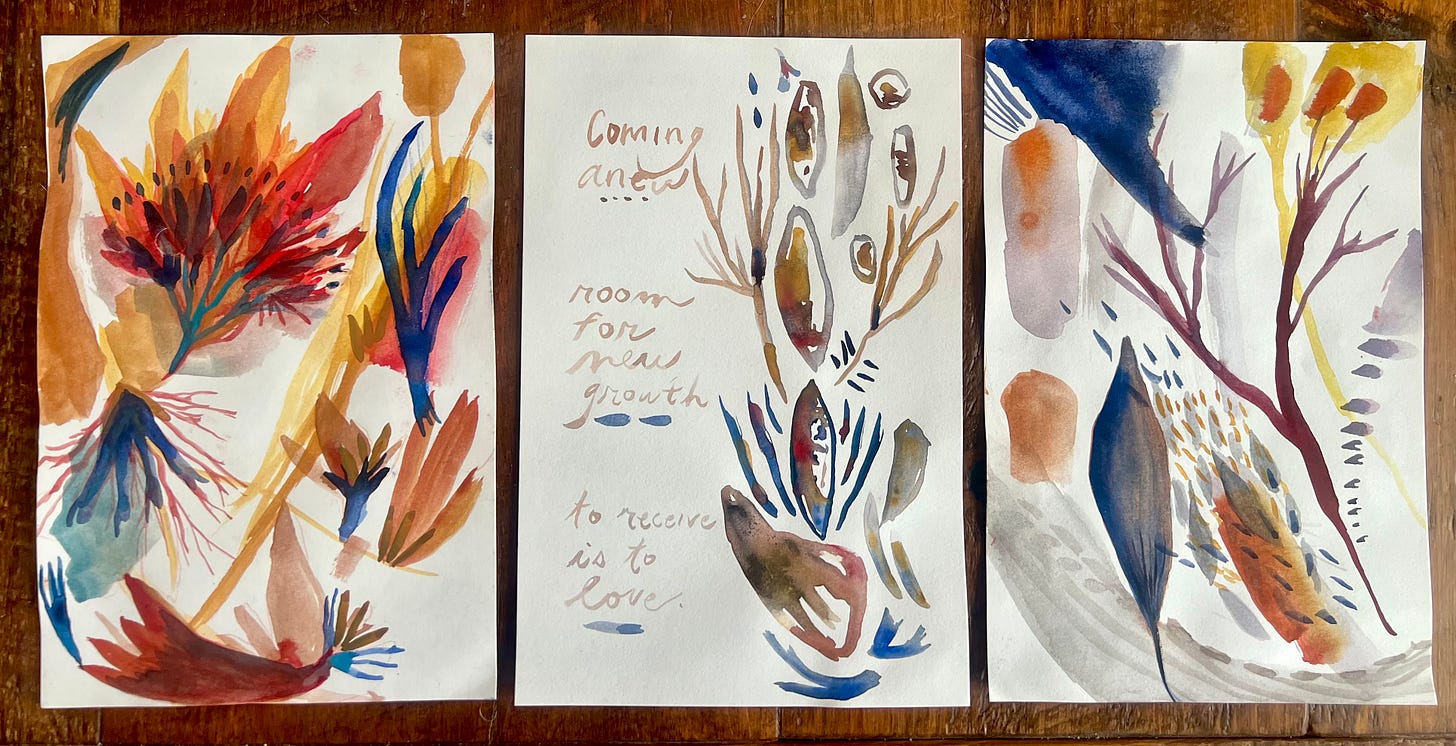








Share this post